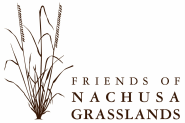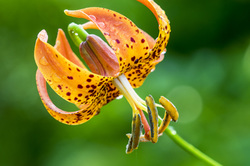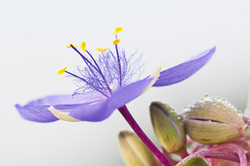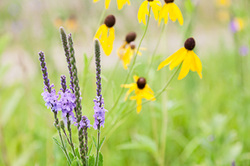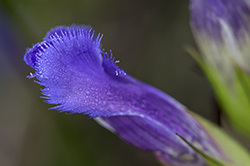Plants of Nachusa Grasslands
Native Plant Species
The preserve is home to over 700 native plant species. Our plant inventory includes not only the scientific and common names, but also a plant's coefficient of conservatism value. The nomenclature and coefficient of conservatism (C value) follow: Wilhelm & Rericha 2016. Flora of Chicago. NA values are moss or liverworts, not included in Flora of Chicago. The coefficient of conservatism assigns each native species a number from 0 to 10. The coefficient of conservatism (C) expresses the confidence that a plant specimen was found in a remnant natural plant community, a “0” expressing no confidence and a “10” expressing total confidence.
Download a pdf of this webpage: Plants of Nachusa Inventory
The preserve is home to over 700 native plant species. Our plant inventory includes not only the scientific and common names, but also a plant's coefficient of conservatism value. The nomenclature and coefficient of conservatism (C value) follow: Wilhelm & Rericha 2016. Flora of Chicago. NA values are moss or liverworts, not included in Flora of Chicago. The coefficient of conservatism assigns each native species a number from 0 to 10. The coefficient of conservatism (C) expresses the confidence that a plant specimen was found in a remnant natural plant community, a “0” expressing no confidence and a “10” expressing total confidence.
Download a pdf of this webpage: Plants of Nachusa Inventory
|
*Federally Threatened Species
**Federally Endangered Species |
†State Threatened Species
††State Endangered Species |
Plants listed by common names
|
Common Name (Genus species)—Conservation coefficient
|
Common Name (Genus species)—Conservation coefficient
|
UPDATED 3/2021
